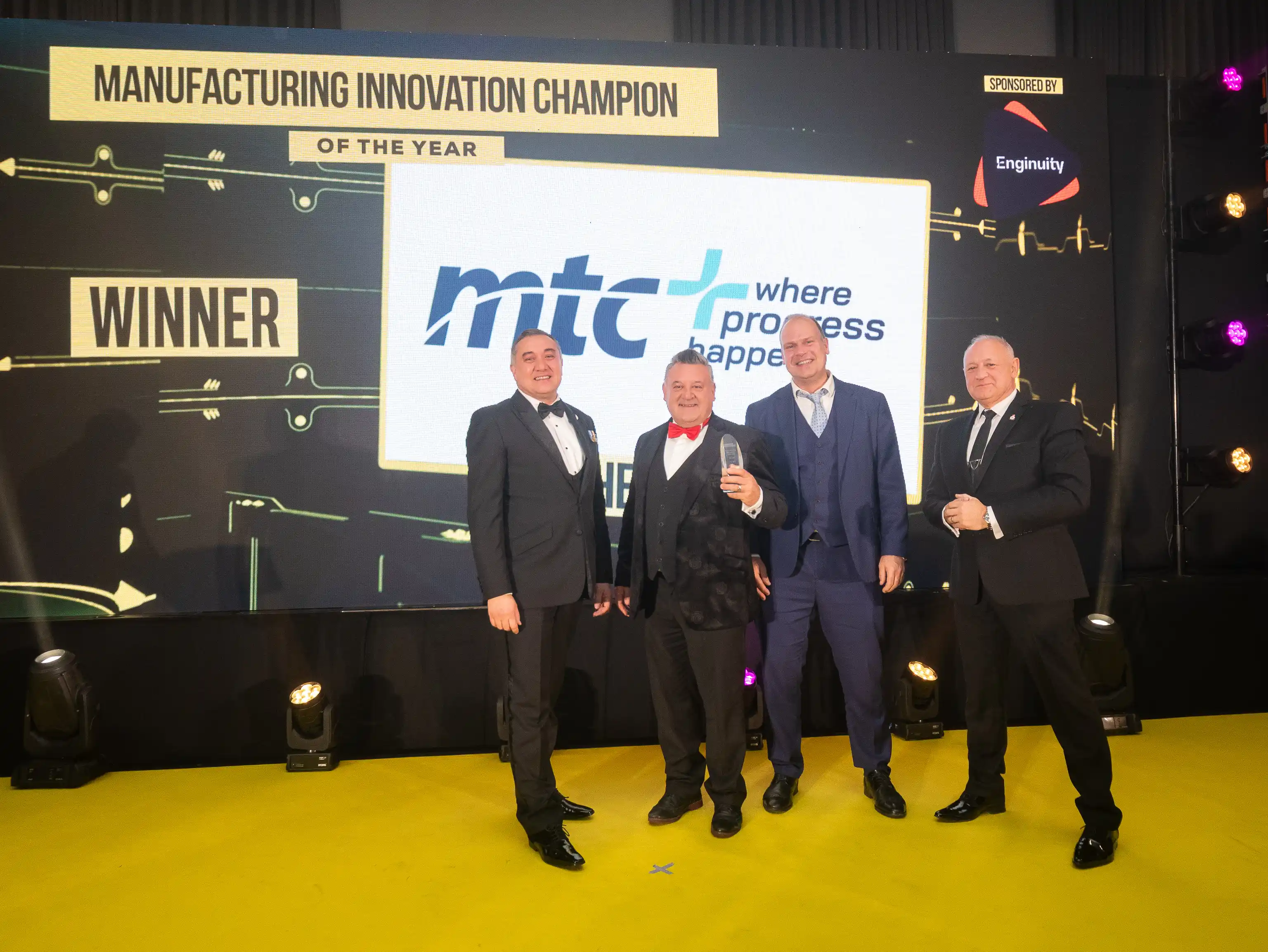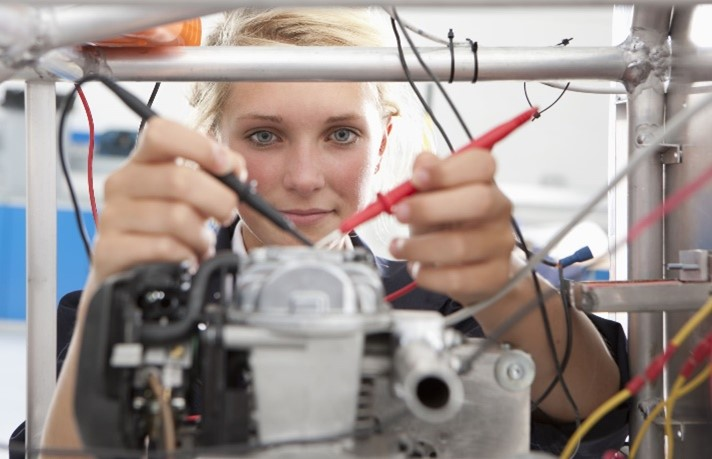
“Give me wings so that I may fly” – an interview with Suhail Shaikh, designer of the Enginuity Skills Awards centrepiece
Date
03/05/2024
Category
News , Get involved
For the tenth year in a row, Enginuity, the charity dedicated to closing skills gaps in UK engineering and manufacturing, will be holding the Enginuity Skills Awards, a celebration of the brightest and best in UK engineering and manufacturing talent.
This year, Enginuity collaborated with Suhail Shaikh, a self-taught paper artist, to design the centrepieces for the prestigious ceremony. We asked Suhail for a design that celebrates generations of people championing excellence in engineering and skills: a value that is taught, gifted, and handed over; one that transforms not only the product but also the person.
The object of the design was to find delight and excellence in engineering, adding ‘form’ to ‘function’ to make it a piece of sound design with an artistic touch. Key to the design was the ease of production, assembly, packing and transport, and most importantly, low wastage, and health and safety features.
Suhail came back to us with a beautiful design that merged art with engineering, imbued with exceptional skill and creativity. We met Suhail and asked him about the inspiration behind his unique design.
What is the theme of your artwork for the Enginuity Skills Awards centrepieces this year?
“Give me wings so that I may fly.”
Skills are wings. Young wings of the apprentice curved upwards poised to fly. Bigger experienced wings of the mentor spread outwards, protective.
Young wings will one day become experienced wings and the process repeats itself... that is the ‘Giving Back’, passing on skills through the industry.
Wings are gentle and poetic. To make them as an industrially manufactured product is to bring warmth into a cold material.
Wings are delicate instruments... they have to be made strong to be able to fly.

Suhail’s sketches for the centrepiece design
How has engineering/manufacturing been represented in your unique style?
The design of the centrepiece represents wings, which are organic in nature. However, the wing itself is a product of nature's engineering, a product of fine science and precision, in nature.
Human progress has drawn a lot of inspiration from nature and can be found in much that we have invented.
The centrepiece uses basic engineering techniques of cut, fold and fasten to transform a sheet into a three-dimensional object. The precision finish is obtained from high-end laser-cutting techniques. The cross-over from the technical (material and process) to the organic wing is visible in the wing cut-out design which retains the natural rhythmic shapes found in nature.
Could you tell us about your sources of inspiration for these pieces?
Wings are a powerful symbol of freedom. To learn and grow is the freedom of opportunity. To acquire a skill is a life-changing opportunity.
Hence the idea of giving wings, or teaching skills to the next generation, which is not only about providing opportunity but also the passing on of precious learning which has evolved over millennia and brought us where we are today. To pass them on is also to keep human skills alive in an age of ever-increasing robotics and artificial intelligence.
Look at a wing closely – in it lies nature's finest engineering, precision-made, where all the parts work together to perform an incredible feat...flight!
Can you tell us about the process you've gone through, and who's been involved in making the centrepieces, and what - if anything - has been challenging about it? Or surprising?
After jotting down the brief, I allowed myself a brainstorming session. Essentially letting the mind loose, conjuring up all sorts of ideas without filtering them, and sketching them out.
Then I looked over the ideas again looking for what made sense to me. Successively narrowing them down to one idea that made sense regarding the brief but also had an 'ah!' factor to it.
Then I developed the idea further, first on paper, soon into a paper model to be able to detail it out and following that, a technical drawing.
Since KMF Group will be producing it and because I am familiar with their requirements, I was in touch with them regularly regarding the technical side.
It's always a pleasure to witness the jump from sketch to prototype and it was a very pleasant feeling to see the centrepiece in metal for the first time.
What do you hope/intend viewers will experience when they finally see the centrepieces on 5 June?
Delight. Surprise. Ah!
I wish to bring some light-heartedness and poetry into the perception of engineering. Curious viewers will have the information on hand to understand the symbolism of wings.
Is there anything else you'd like to reflect on about this project? And/or the subject matter you've studied to create the centrepieces?
I think about our hands – they have been our primary tools since the advent of our species. Our hands carry all we have learnt over time, from the initial ability to grasp, play a flute or do neurosurgery. The skills are in our hands, literally and figuratively.
I believe that an apprentice who goes through the paces, learning to precisely use hand tools before learning to program a machine has a greater understanding, a wider perspective and a greater appreciation of the job at hand. It is a necessary balance for a deeper, life-long education.
I greatly admire technology and take a lot of pleasure from using my hands to draw and construct with different materials which require different degrees of force and gestures. It is such a joy, which I wish onto many.
Book your tickets to the Enginuity Skills Awards 2024 for a chance to view Suhail’s final centrepiece design in person and find more inspiration.
Buy your ticketsJoin us at our 10th annual Enginuity Skills Awards to celebrate the achievements of the engineering and manufacturing sector.
Find out more


